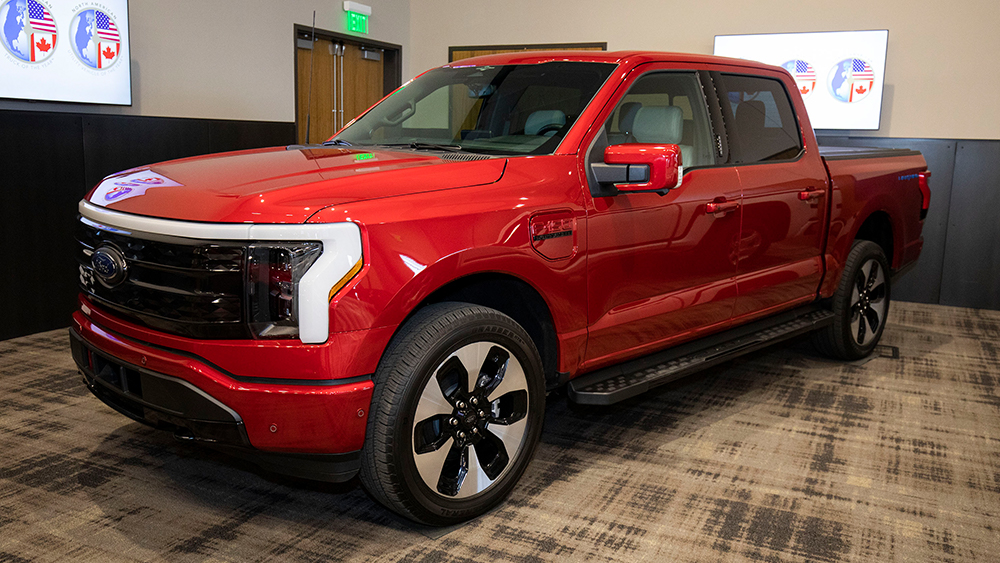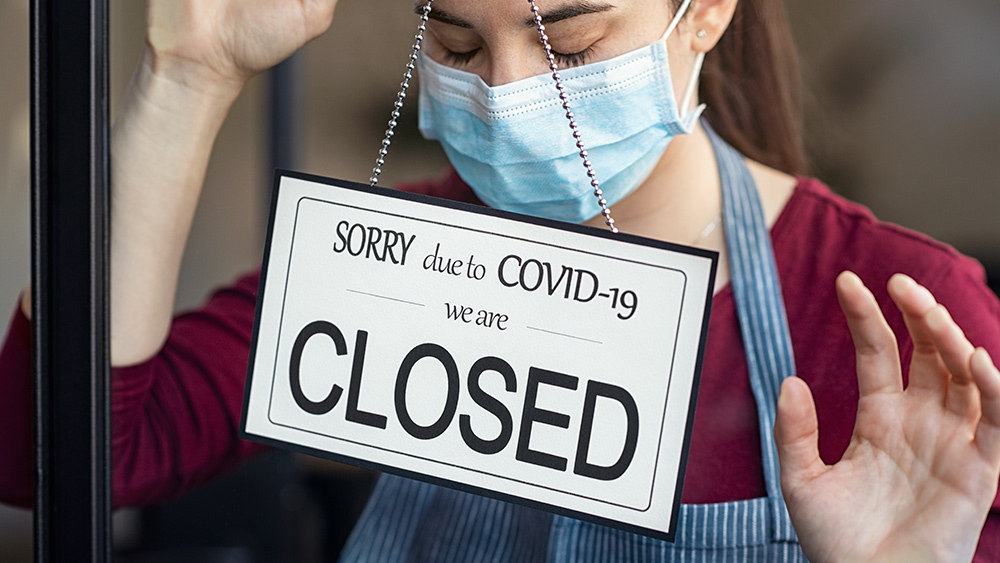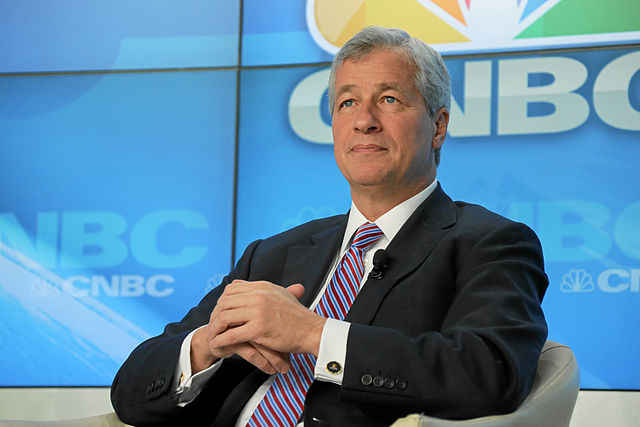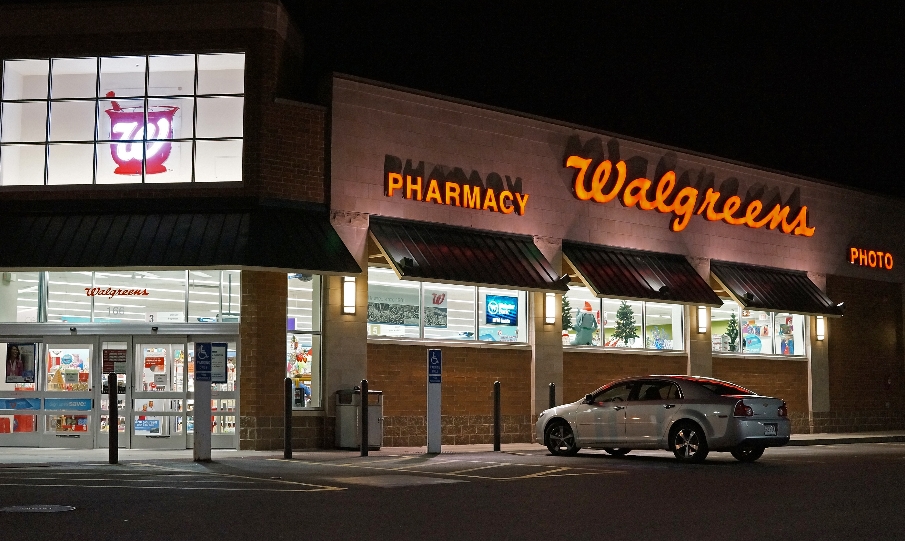New car incentives surge by 53% amid growing car inventories and decreasing demand
07/29/2024 / By Kevin Hughes

Auto dealers are trying to entice more consumers to purchase cars, sweetening incentive packages so much that the average value of new car incentives has jumped by 53 percent in June compared to the same month last year.
More and more consumers are deciding to hold off on purchasing new cars amid elevated interest rates and rising inflation, causing auto dealers to see their inventories grow. In response to this noticeable downturn in new car sales, dealers are cutting prices and raising the value of the incentives they are offering.
This is according to data obtained by Motor Intelligence, which found that major car manufacturers like Hyundai, General Motors and Volkswagen are improving the deals they offer potential buyers. (Related: Auto dealers drive up vehicle prices in the wake of inventory shortages.)
“If folks can put off a purchase, they’re doing that, but when they do need a car, now more so than a year ago, they’re looking for ones that are less expensive because they are having to deal with higher interest rates,” stated Matt Smith, deputy editor and head of automotive insights at digital auto platform CarGurus.
Data from Bankrate revealed the 60-month average rate recently reached a peak of eight percent while data from consumer analytics company JD Power showed that in June, 16.9 percent of new cars sold at a premium as opposed to the manufacturer’s suggested retail price, marking a nearly 35 percent year-over-year decrease.
Car inventories grow as consumers are now more reluctant to spend on vehicles
Federal Reserve data revealed the average amount consumers funded for a new car is about $38.8k, down from $40k in 2022.
According to Bank of America economist Stephen Juneau the “rising supplies” and “moderating demand” are among the reasons why manufacturers are willing to offer “much more attractive deals” just to “try to get cars off the lot.”
Over the last four years, dealer inventory has remained below three million vehicles. This is probably changing, with new data from June showing inventories rising to 2.96 million unsold vehicles, or about a 76-day supply, up from 19.5 million vehicles a year ago. While inventories are still far below pre-2020 levels, dealers are still becoming concerned by the rising number of unsold vehicles.
“Last year there were still people waiting on vehicles to finally arrive, but now that’s long gone,” noted Capital Economics Chief U.S. Economist Paul Ashworth. “Now the biggest factor keeping sales at basically a recessionary level is high interest rates.”
Inventory levels are particularly tight for many less-expensive compact and mid-sized vehicles, with price-conscious buyers downsizing.
“We’re seeing compact SUVs and cars selling more frequently, which has more to do with affordability,” said Erin Keating, an analyst at Cox Automotive. “People need wheels and if they have to sacrifice somewhere, they’ll sacrifice size.”
Follow MarketCrash.news for more stories about the state of the American economy.
Watch the video below about car prices falling by 75 percent in America.
This video is from the Thisisjohnwilliams channel on Brighteon.com.
More related stories:
Ford lowers prices of F-150 Lightning electric trucks by up to $10,000 as EV sales falter.
Study finds electric vehicles pollute the environment 1,850 times more than gas-powered cars.
Volkswagen to close Audi Brussels branch due to sharp drop in EV demand.
Sources include:
Submit a correction >>
Tagged Under:
auto dealers, auto industry, Bubble, car inventories, car sales, cars, economic riot, economics, economy, finance riot, flying cars, market crash, new car sales, new cars, products, risk, robocars
This article may contain statements that reflect the opinion of the author
RECENT NEWS & ARTICLES
COPYRIGHT © 2017 BUBBLE NEWS




















